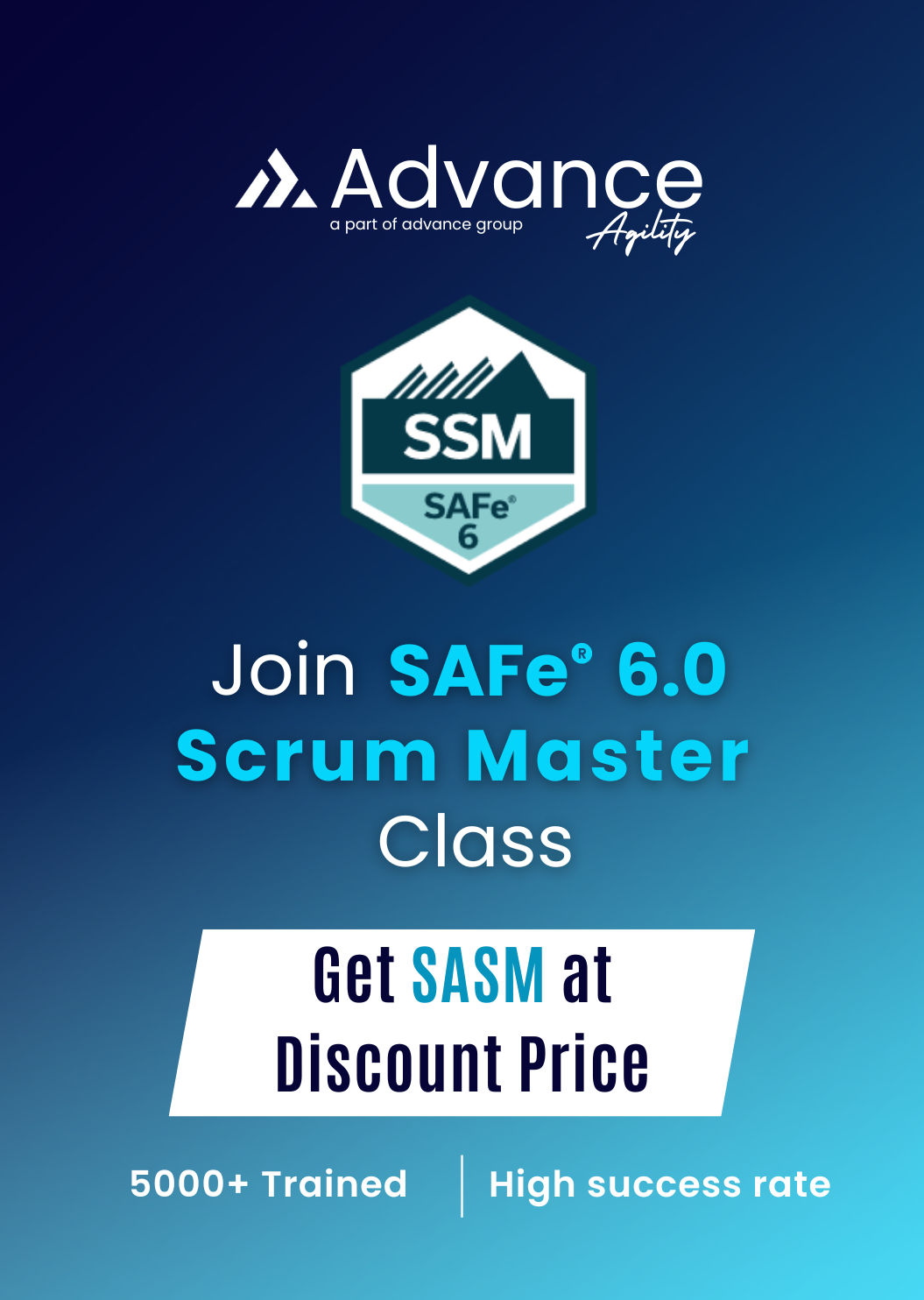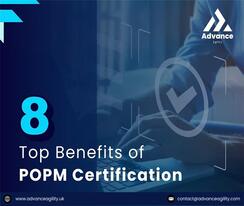In a fast-evolving digital landscape, businesses are increasingly leaning on Agile and Lean methodologies to remain competitive. As a result, professionals equipped with the right Agile certifications are in high demand. One certification gaining traction in 2025 is the SAFe® Product Owner/Product Manager (POPM) certification.
The POPM certification validates a professional’s ability to perform the role of a Product Owner or Product Manager in a Scaled Agile Framework (SAFe®) environment. It equips individuals with the knowledge to deliver value through Agile Release Trains (ARTs), prioritize backlogs, and manage products effectively at scale.
As enterprises double down on digital transformation and cross-functional Agile teams, POPM certification is more relevant than ever. Whether you're a business analyst, product owner, or aspiring product manager, this credential is your gateway to growth in 2025 and beyond.
1. Industry Recognition & Career Growth
One of the most compelling reasons to pursue POPM certification is the instant recognition it brings within the Agile community and industry. As organizations prioritize SAFe® implementations, certified professionals are being sought out for key product roles.
How it helps: Holding a POPM certification sets you apart in a crowded job market and signals to employers that you understand SAFe principles, Agile product management, and backlog prioritization.
Example: A mid-level business analyst with POPM certification may be fast-tracked to a Product Owner role in a large SAFe enterprise, gaining both a promotion and a pay bump.
2. Deeper Understanding of Lean-Agile Principles
POPM training delves deep into Lean-Agile values, helping professionals internalize the mindset required to drive continuous value delivery.
How it helps: By understanding Agile principles at scale, certified professionals can better adapt to change, minimize waste, and optimize flow—key traits in today’s volatile business environment.
Example: A Product Manager using Lean thinking can quickly pivot a product roadmap based on customer feedback, avoiding months of misaligned development.
3. Improved Product Ownership Skills
The certification equips professionals with the core responsibilities of a Product Owner, including defining stories, prioritizing the team backlog, and ensuring alignment with customer needs.
How it helps: You'll be better prepared to act as the voice of the customer, ensuring the product backlog reflects stakeholder expectations and business value.
Example: During a PI planning event, a certified POPM confidently refines user stories and sets clear acceptance criteria, leading to smoother sprints and fewer development bottlenecks.
4. Enhanced Collaboration with Agile Teams
Agile success hinges on cross-functional collaboration, and POPM certification emphasizes how Product Owners and Managers work seamlessly with Agile teams.
How it helps: Certified professionals learn how to effectively participate in ceremonies, synchronize with development teams, and communicate priorities clearly.
Example: A POPM-certified Product Owner becomes the go-to person for sprint planning and backlog grooming, reducing misunderstandings and rework within the Scrum team.
5. Practical Tools for Prioritization & Road mapping
POPM training provides hands-on tools and techniques for backlog management, prioritization using WSJF (Weighted Shortest Job First), and developing actionable product roadmaps.
How it helps: These tools enable professionals to make informed decisions about what to build next, balancing technical feasibility, customer impact, and business value.
Example: A POPM-certified Product Manager uses WSJF to justify backlog priorities during executive reviews, aligning development efforts with strategic goals.
6. Confidence in Working at Scale (SAFe Framework)
SAFe environments involve complex coordination across teams and departments. The POPM certification demystifies this complexity and builds confidence in operating at enterprise scale.
How it helps: You'll learn how to interact with multiple Agile Release Trains, stakeholders, and systems—skills essential for large-scale product delivery.
Example: A POPM-certified professional coordinates with multiple teams during PI Planning to align features across systems, ensuring a synchronized release.
7. Better Alignment with Business Goals
The POPM role isn't just about delivery—it's about delivering the right value. Certification helps professionals understand how to translate strategy into actionable work that drives outcomes.
How it helps: You'll be better equipped to align team outputs with broader business goals, ensuring product features drive measurable impact.
Example: A Product Manager uses insights from POPM training to convert executive strategy into Epics and Features, improving transparency and traceability from top to bottom.
8. Access to Global SAFe® Community & Resources
Certification grants access to the global SAFe® network, including forums, events, and exclusive resources on the SAFe Community Platform.
How it helps: You stay connected with Agile thought leaders, gain access to updated frameworks, and continuously evolve your practice with peer support and fresh content.
Example: A certified professional joins a SAFe® webinar on AI-driven product strategy, gaining insights that inform their next product roadmap iteration.
Conclusion
In a world where Agile is the norm and scaling is a necessity, the SAFe® POPM certification offers a decisive edge. It not only validates your expertise but also equips you with the tools and mindset to thrive in complex, enterprise-level Agile environments.
Whether you're aiming to step into a leadership role or simply want to sharpen your product management skills, POPM is a smart investment in 2025. It delivers value to both individuals and organizations by bridging the gap between strategy and execution.
Ready to become a certified SAFe® POPM?
Explore our upcoming training sessions and take the next step in your Agile career today.
view Count
39



